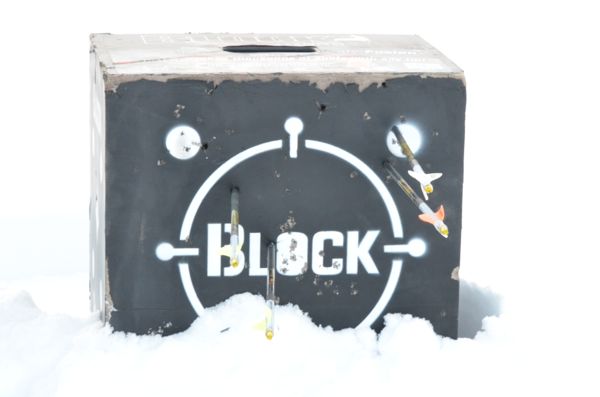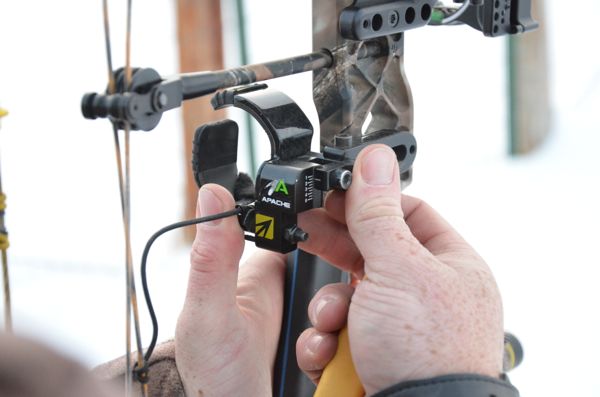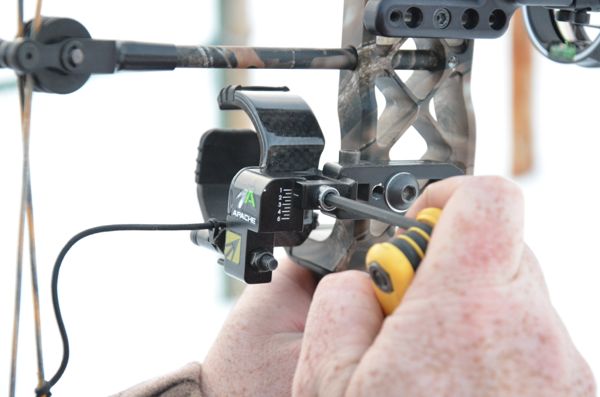LAST UPDATED: May 1st, 2015
There aren’t many things more frustrating to bowhunters than having erratic arrow flight or having to sight-in your field points and broadheads separately. I would venture to guess that the majority of bowhunters will do two things after encountering the perceived annoyance of tuning an arrow rest: 1.) change broadheads from the ones they want to shoot, to the ones that fly the best or 2.) spend hours sighting their bow in for different tips made for different tasks. Right now, I’m going to show you how you can eliminate these frustrations for the rest of your bowhunting career.
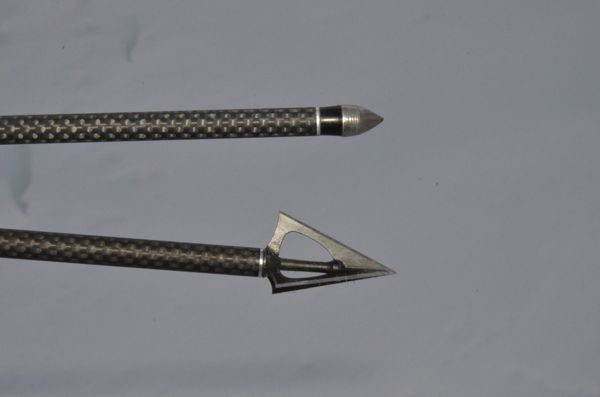
When it comes to getting comparable flight between field points and broadheads, a good deal of bowhunters experience nothing short of frustration.
For the purpose of this article we are going to assume a few things. First is that your arrows are properly spined. This means that the stiffness of the arrow is correctly fit to your draw weight, draw length and tip weight that you plan to use. Secondly, we are going to assume that your rest has already been installed on your bow. This is because most pro shops will do a “rough” tune when they set up the arrow rest, getting it close but not perfect in most cases. There are many ways to tune an arrow rest such as paper tuning, bare shaft tuning, walk back tuning and broadhead tuning. Because this is a bowhunting website and we are trying to get field points and broadheads to impact at the same point, we will discuss broadhead tuning.
Establishing Differences
The first step is to figure out where your broadheads are impacting the target in relation to your field tips. In general, field tipped arrows will fly more true because there is less wind resistance, while broadheads will magnify any imperfections in the flight of the arrow or the position of the rest. To figure out the difference in impact points, simply shoot a two or three arrow group with field tips and then do the same with broadheads. I prefer to shoot these arrows from 20 yards. Keep in mind that whether or not the arrows hit where your pin was held is not important at this stage of the game. I prefer to shoot my field tips at one spot on the target and my broadheads at another (this is just to decrease the chance of ruining arrows). Take your time and make the best shots you can, if you feel like you made a bad shot, start over. Also, if you feel like 20 yards might be too far to make quality shots, you can begin at 10 yards.
As you can see, my broadheads were hitting low and to the right.
Making Adjustments
Now that we know the difference between impact points, we can begin to adjust the arrow rest. For my situation (broadheads impacting low and right) I adjusted my rest to the left by 1/64”. I usually find it beneficial to adjust the rest left/right first and then vertically. Adjust the rest by 1/64” increments until your broadheads are in line with the field tips up and down. Make sure to write down or mark your arrow rest in the position it was when you began in case you over adjust incidentally.
Adjust the rest by loosening the allen screw and lightly pushing the rest in the direction you need your broadhead tipped arrows to go.
Now move the rest up or down towards the impact of the field point (in my situation I had to move the rest up). Move the arrow rest up or down the same way that you moved the rest vertically. If you did this properly, after a few adjustments your broadheads should be impacting the same point as your field tips. Now that your impact points are the same, adjust your sight so that the arrows hit where you are holding your aiming pin. Fortunately, I was able to bypass this step because my field points were already dead on. These two spots each have a field point and an NAP Hellrazor shot at the same spot.
Get your arrow impacting on the correct horizontal plane before making adjuctments to the vertical impact point.
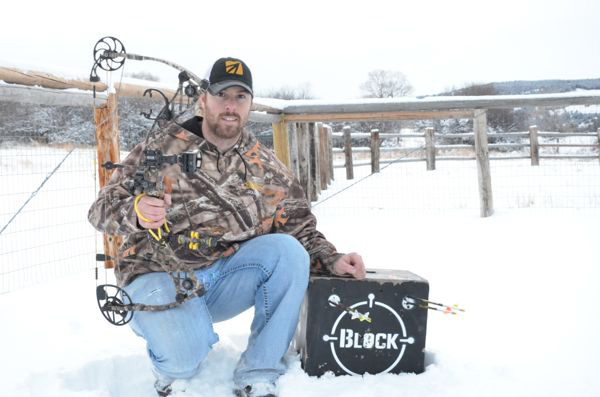
After all of the adjustments are made, both fieldpoints and broadheads should be impacting in the same spot; if they are not, repeat the procedure until they are.
For seasoned shooters, you can fine tune your rest by repeating the procedure at longer distances, but generally speaking this will be all the tuning you need to do For most people this method of tuning is the least frustrating and the most practical and certainly sufficient for hunting. However, some people (like me) are slightly anal retentive about their equipment. Check back next month to learn more about other arrow rest tuning methods.

 By
By 